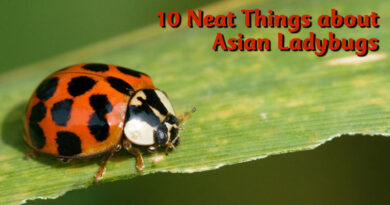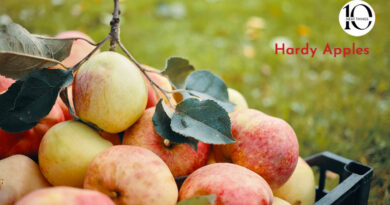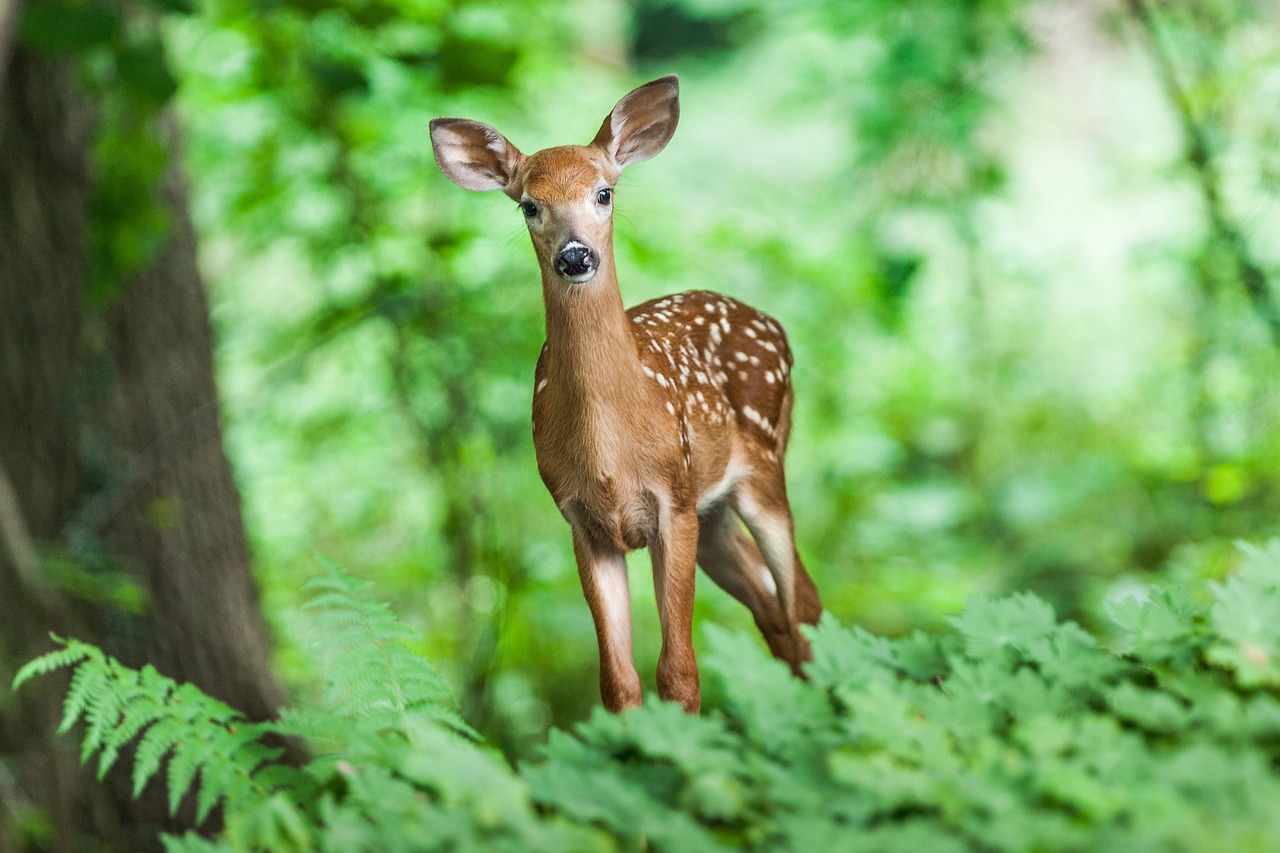About Insect Eggs
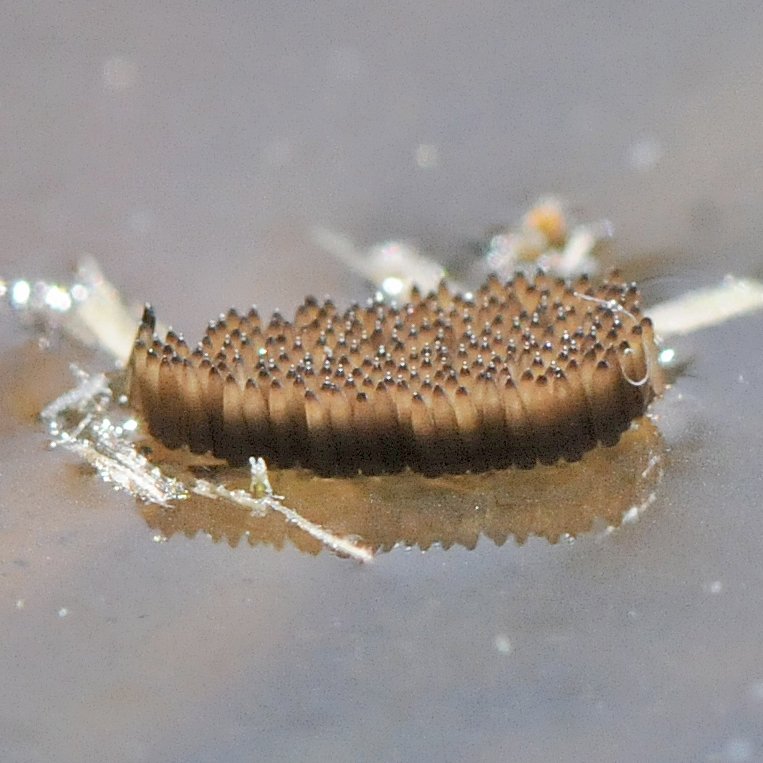
1. Some float.
Mosquito larvae are aquatic (though they can’t breathe under water), so these insects’ eggs are laid on the surface of the water. Depending on the species, the mother mosquito will either fly above the water surface, bobbing down to deposit an egg, or she will stand on the surface, laying eggs one next to the other to form a “raft”. Many types of insects lay eggs on or near water.

2. Some grow.
Most eggs stay the same size once they leave the mother’s body, but one giant water bug, Lethocerus medius, lays eggs that grow! When they are laid, they are about 3 millimetres long and weigh 6 milligrams. Six days later, they are 5 millimetres long and weigh 14 milligrams. What’s more, the father rests on top of them, protecting them.
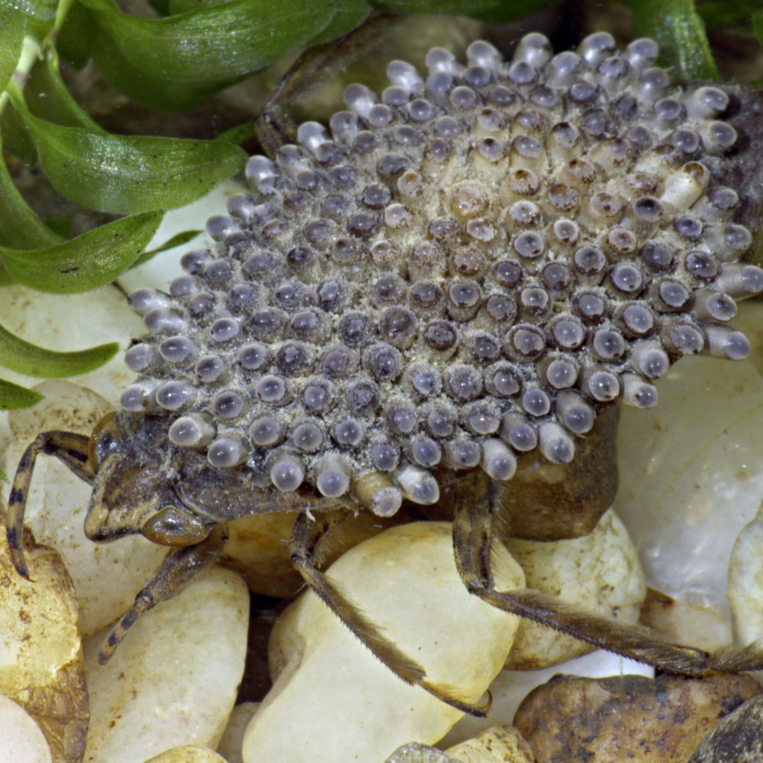
3. Another great dad.
Other species of giant water bugs lay their eggs on the father. An egg-carrying male is actually more attractive to females, and he can carry eggs from more than one mother on his back.
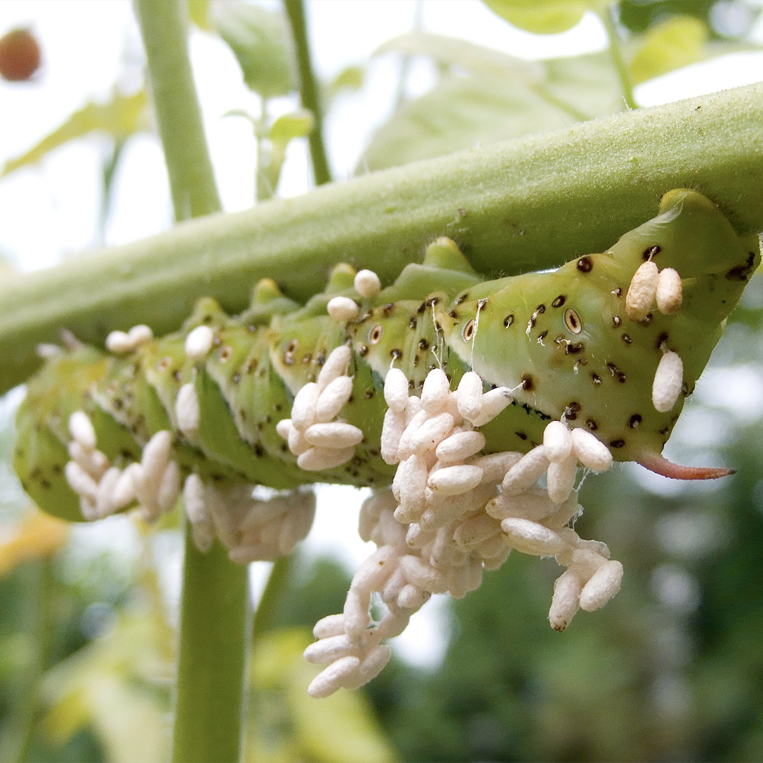
4. Bugs in bugs.
Some eggs you can’t see because they are inside another insect. Some types of parasitoid wasps lay their eggs in eggs of another species, others in larva or adults. The victim continues to live, existing to feed the offspring until they kill it.
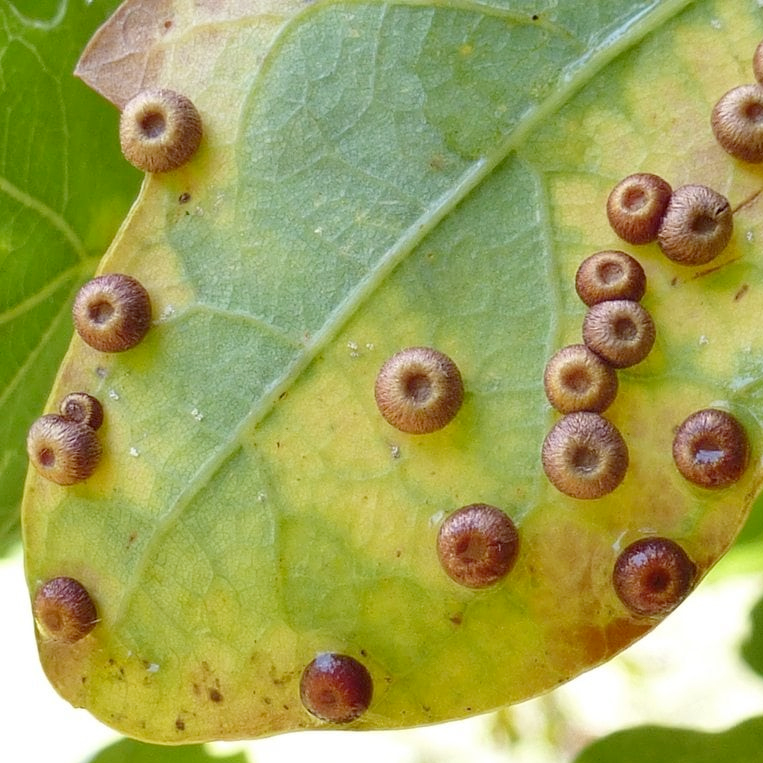
5. Burls and galls.
Other insects lay their eggs in trees or other plants, creating galls. You can see these in different forms: irregular appendages on leaves or stems and burls on trees. Sometimes galls make the plant tissue more valuable; iron gall ink from oaks was the standard used for pens in Europe for 1500 years.

6. Aunty ant?
Eggs of an African stick insect, Bacillus coccyx, have a knob at one end that is attractive to ants. The ants will bring the egg to their colonies, where the knob is eaten. Then when the egg hatches, the larva is ignored, and eventually moves along. The theory is that the female stick insect, which is flightless, uses ants to disperse her young!
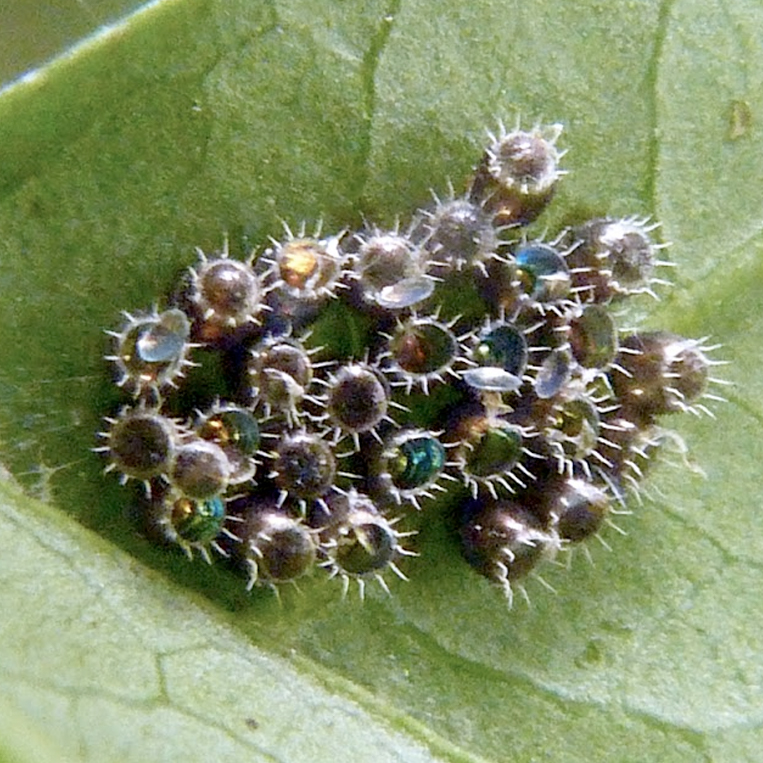
7. Black and white.
The spined soldier bug can vary the colour of the eggs she lays, from almost white to almost black. The colour depends on where the eggs are laid, but this isn’t just about camouflaging them; the eggs will be a lighter colour in the shade and a darker colour in a bright spot to protect them from the sun.
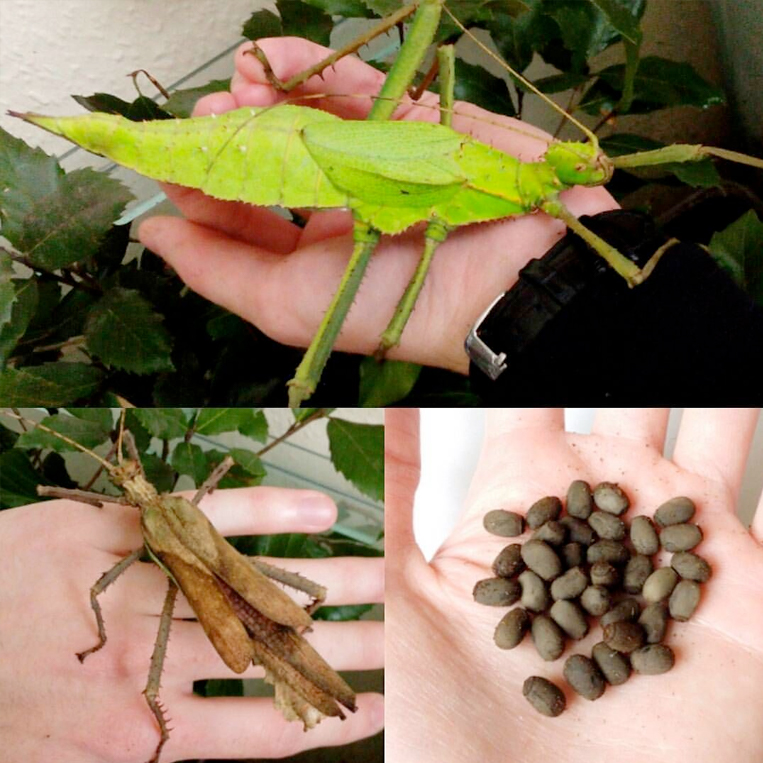
8. Big eggs.
The largest eggs are from the Malaysian stick insect, measuring half an inch in length. It’s not surprising, because these are the eggs of the largest insect. They are brown and look like they were made from terra cotta.
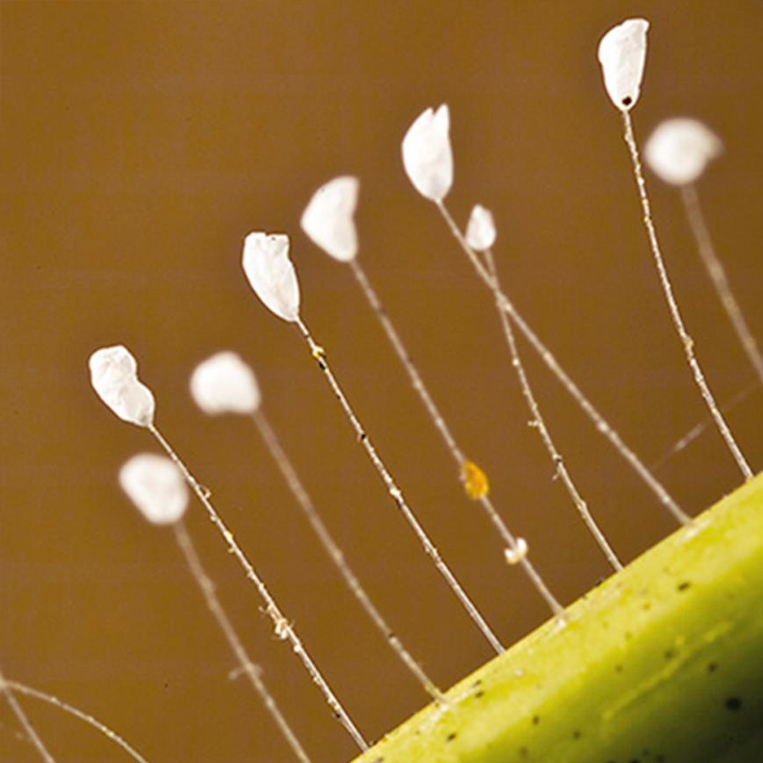
9. Hanging by a thread.
The green lacewing lays her eggs on stalks about ½-inch long, on the undersides of leaves near aphids, the larvae’s favourite food. When the larva hatches, it will climb back up the stalk and start eating. Some species will eat their unhatched brothers and sisters, so the eggs are laid singly. Others are laid in groups, so… you might hope to hatch first!
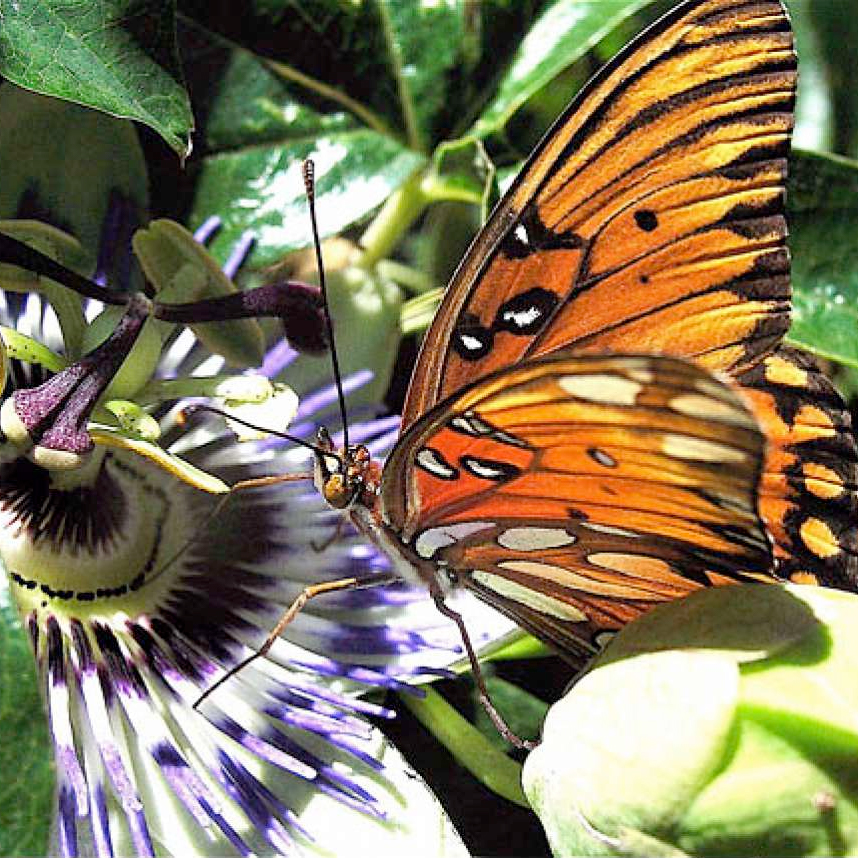
10. Tricky flowers.
Butterflies won’t lay their eggs too close to another insect’s eggs. Passion flowers know this, and they don’t like fritillary butterfly eggs on them. They produce swollen parts on their petioles that look like eggs to scare away the fritillaries. In addition, these parts are full of nectar, which attracts ants, which will eat any eggs a fritillary has happened to lay on the passionflower.
– Shauna Dobbie Copyright©
Pegasus Publications Inc.




